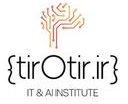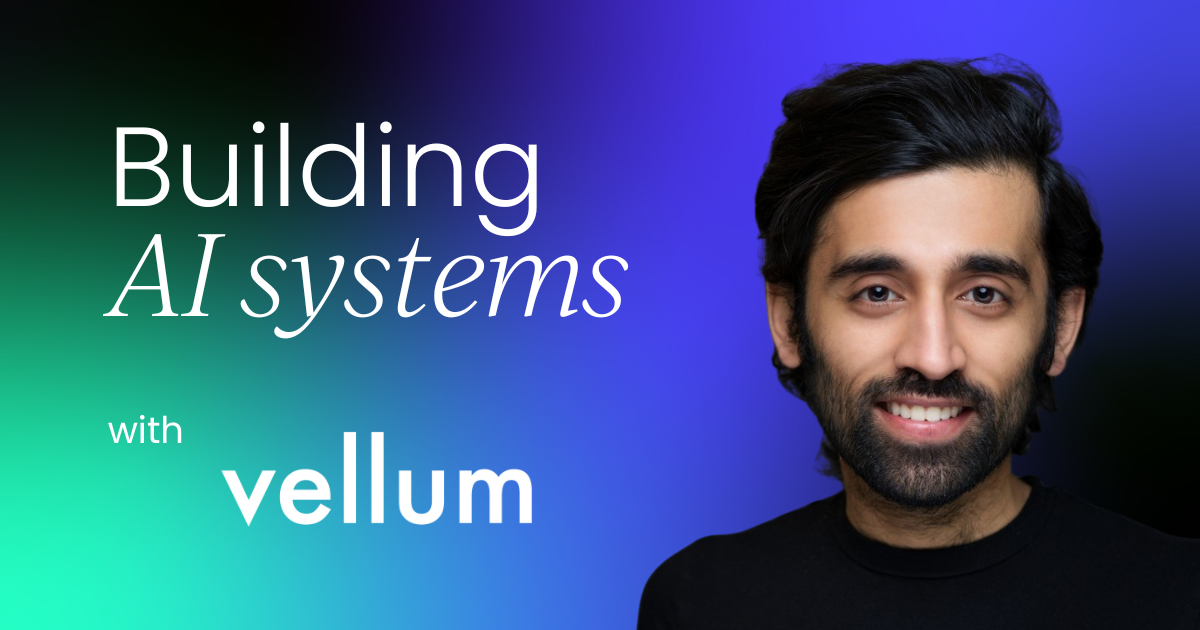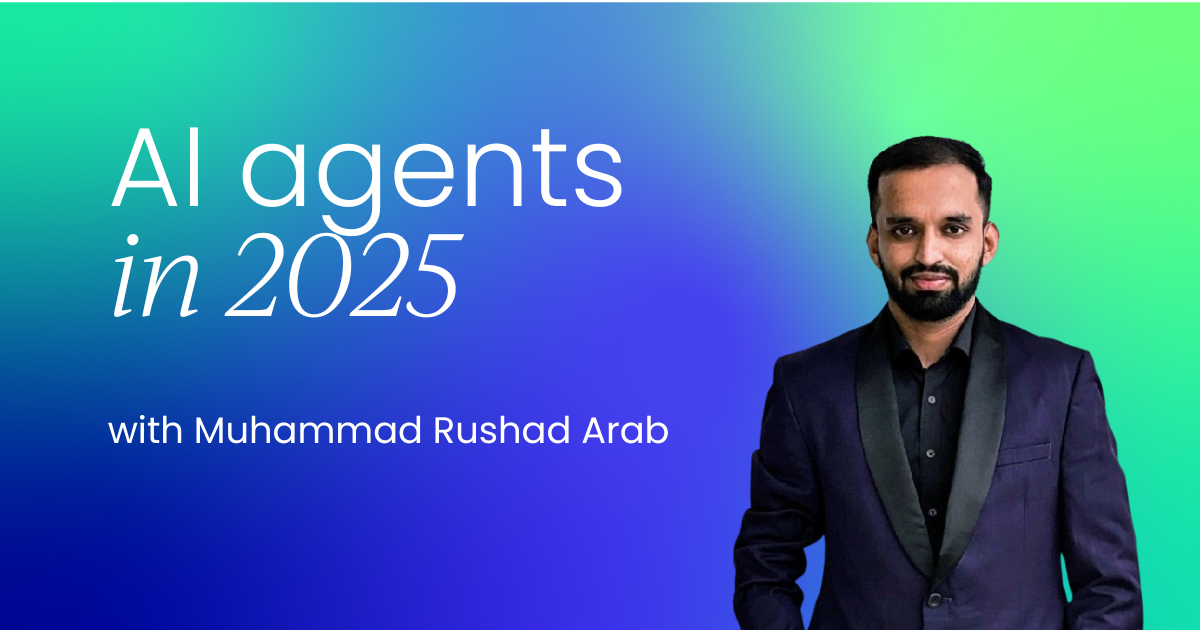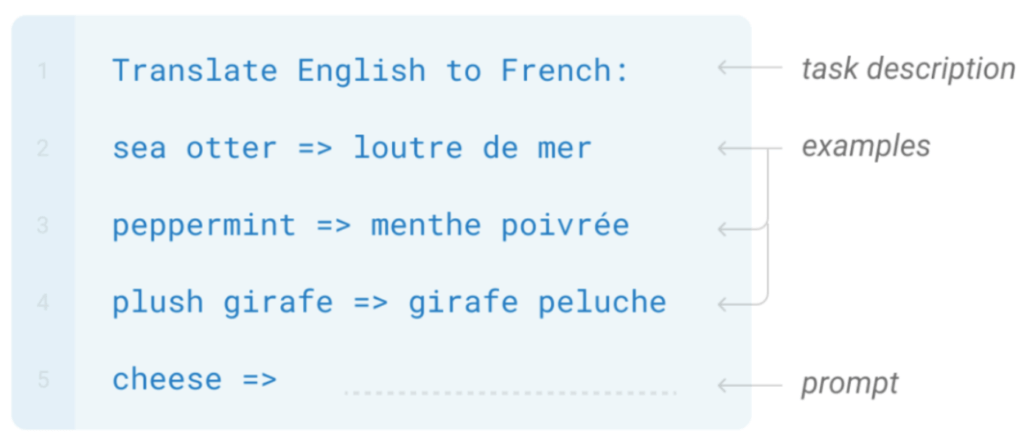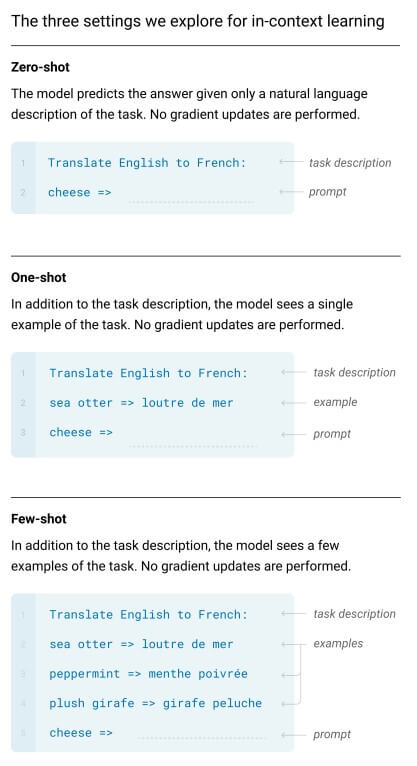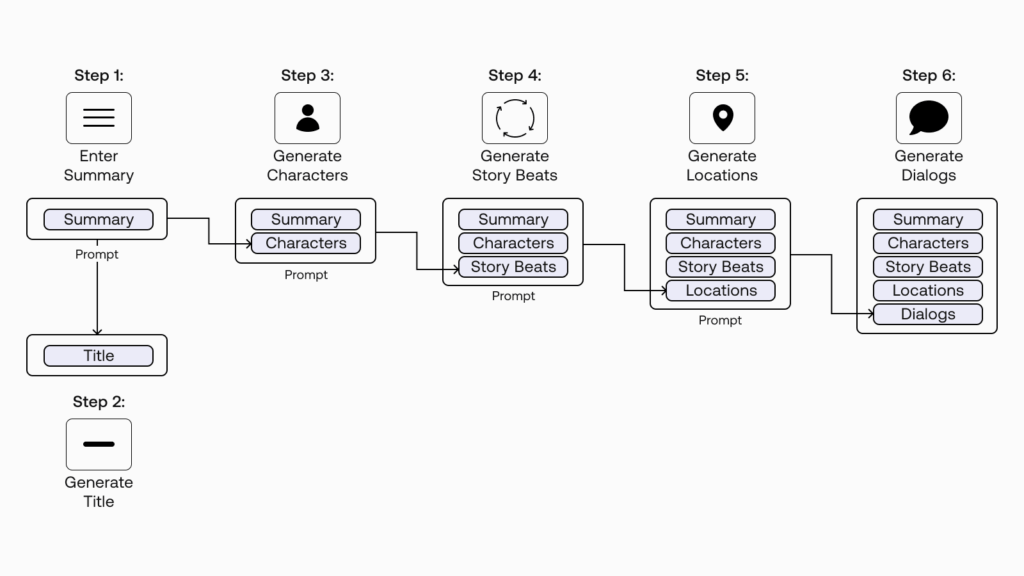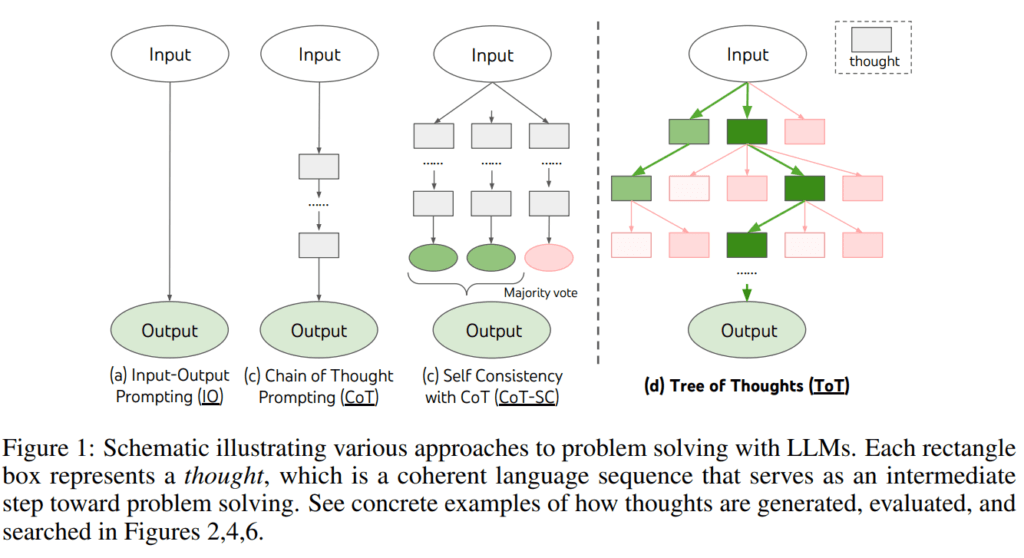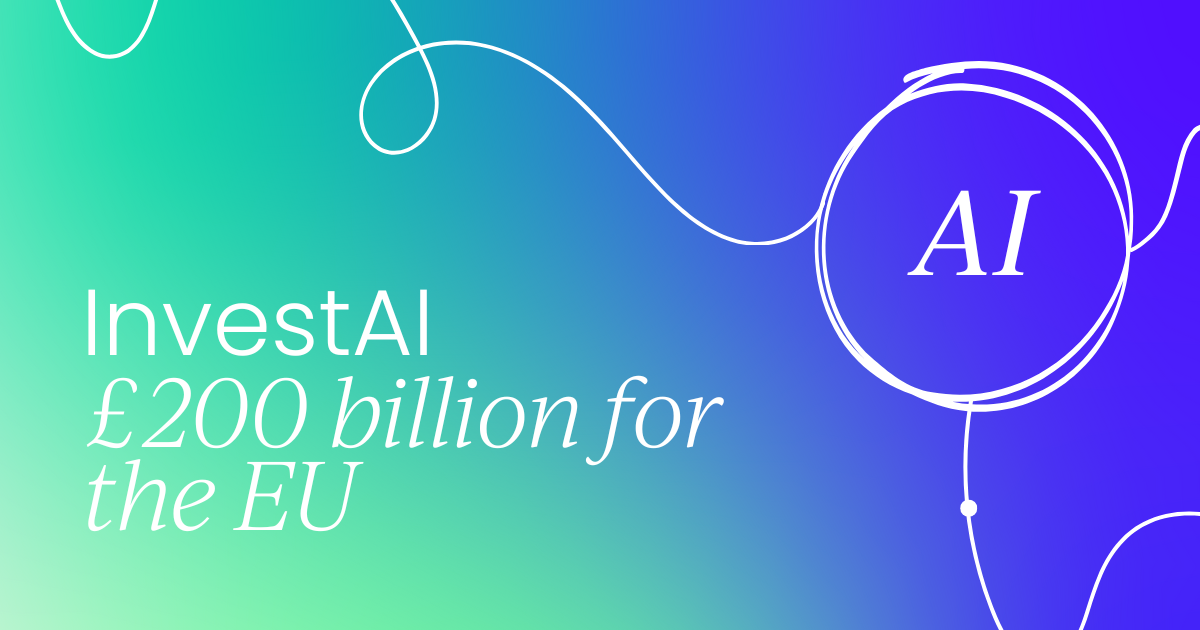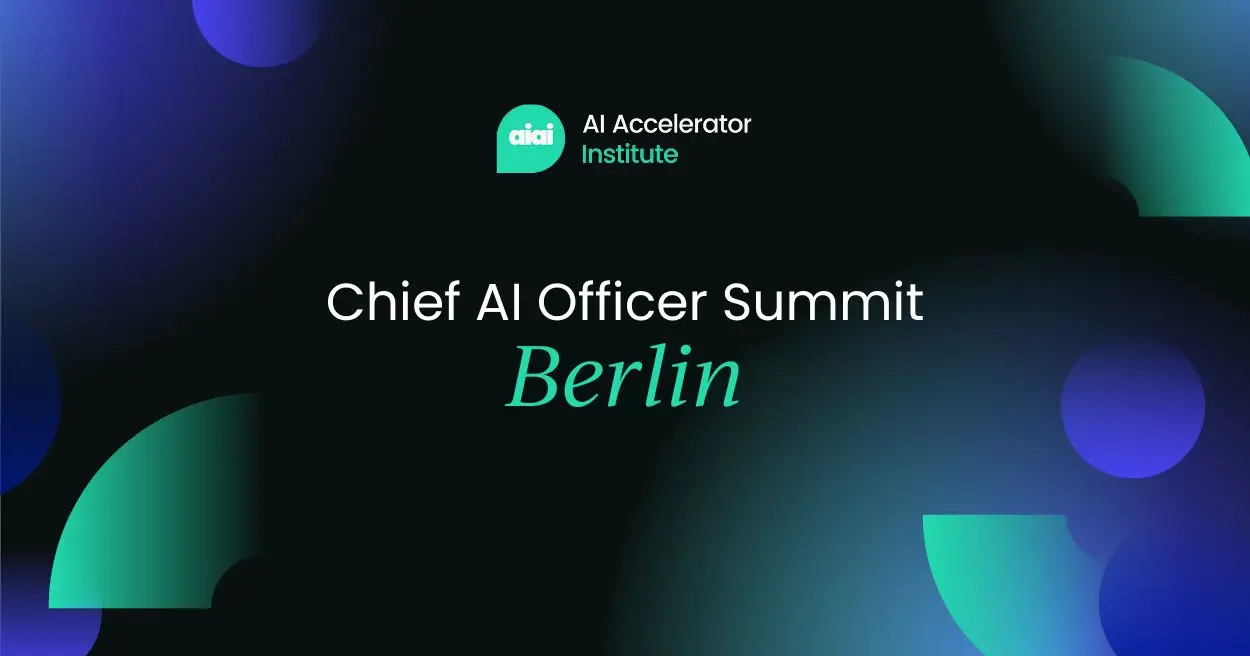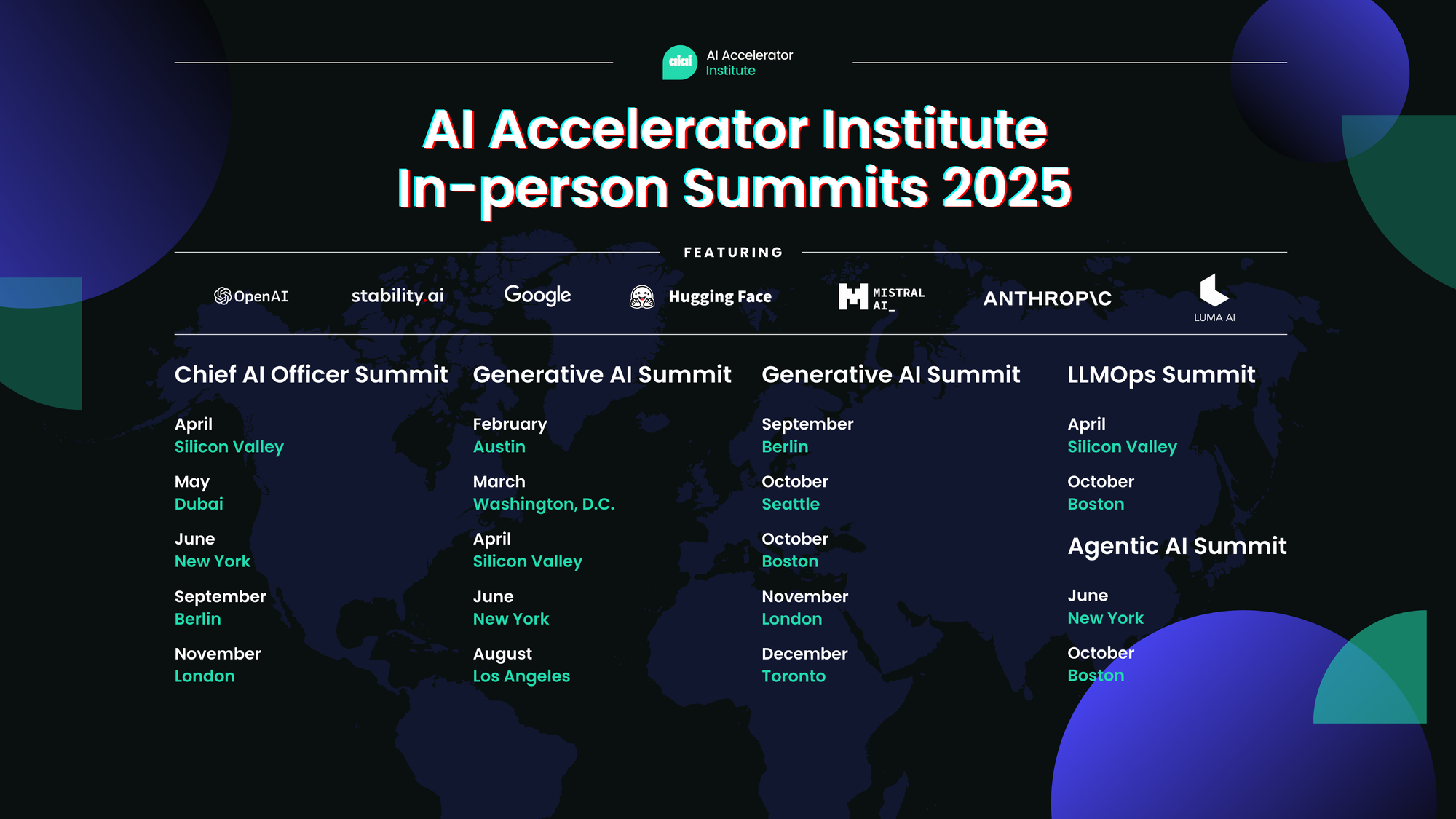Introduction: The quest for reliable qubits

Quantum computing faces a fundamental challenge: qubits, the basic units of quantum information, are notoriously fragile.
Conventional approaches, such as superconducting circuits and trapped ions, require intricate error-correction techniques to counteract decoherence. Microsoft has pursued an alternative path: Majorana-based topological qubits, which promise inherent noise resistance due to their non-local encoding of quantum information.
This idea, based on theoretical work from the late 1990s, suggests that quantum states encoded in Majorana zero modes (MZMs) could be immune to local noise, reducing the need for extensive error correction. Microsoft has invested two decades into developing these qubits, culminating in the recent “Majorana 1” prototype.
However, given past controversies and ongoing skepticism, the scientific community remains cautious in interpreting these results.
The scientific basis of Majorana-based qubits
Topological qubits derive their stability from the spatial separation of Majorana zero modes, which exist at the ends of specially engineered nanowires. These modes exhibit non-Abelian statistics, meaning their quantum state changes only through specific topological operations, rather than local perturbations. This property, in theory, makes Majorana qubits highly resistant to noise.
Microsoft’s approach involves constructing “tetrons,” pairs of Majorana zero modes that encode a single logical qubit through their collective parity state. Operations are performed using simple voltage pulses, which avoids the complex analog controls required for traditional superconducting qubits.
Additionally, digital measurement-based quantum computing is employed to correct errors passively. If successful, this design could lead to a scalable, error-resistant quantum architecture.
However, while the theoretical framework for Majorana qubits is robust, experimental verification has been challenging. Majorana zero modes do not occur naturally and must be engineered in materials like indium arsenide nanowires in proximity to superconductors.
Establishing that these states exist and behave as expected has proven difficult, leading to past controversies.
Historical controversies: The 2018 retraction
A major setback for Microsoft’s Majorana initiative occurred in 2018 when researchers, including Leo Kouwenhoven’s team at TU Delft (funded by Microsoft), published a Nature paper claiming to have observed quantized conductance signatures consistent with Majorana zero modes.
This was hailed as a breakthrough in topological quantum computing. However, by 2021, the paper was retracted after inconsistencies were found in data analysis. Independent replication attempts failed to observe the same results, and an internal investigation revealed that a key graph in the original paper had been selectively manipulated.
This event, dubbed the “Majorana Meltdown,” significantly damaged the credibility of Microsoft’s approach. It highlighted the challenge of distinguishing genuine Majorana modes from other quantum states that mimic their signatures due to material imperfections. Many physicists became skeptical, arguing that similar issues could undermine subsequent claims.
Experimental progress and remaining challenges
Despite the 2018 controversy, Microsoft and its collaborators have continued refining their approach. The recent announcement of the “Majorana 1” chip in 2025 presents experimental evidence supporting the feasibility of Majorana-based qubits.
Key advancements include:
- Fabrication of “topoconductor” materials: Microsoft developed a new indium arsenide/aluminum heterostructure to reliably host Majorana zero modes.
- Parity measurement success: The team demonstrated that they could measure the qubit’s parity (even vs. odd electron occupation) with 99% accuracy, a crucial validation step.
- Increased parity lifetime: The qubit’s state exhibited stability over milliseconds, significantly surpassing superconducting qubits’ coherence times (which are typically in the microsecond range).
- Digital control implementation: Unlike analog-tuned superconducting qubits, Majorana qubits can be manipulated with simple voltage pulses, theoretically enabling large-scale integration.
While these are important steps forward, the experiments have not yet demonstrated key quantum operations, such as two-qubit entanglement via non-Abelian braiding. Until this milestone is achieved, claims about the superiority of topological qubits remain speculative.
Comparison with other qubit technologies
To assess Microsoft’s claims, it is useful to compare Majorana qubits with existing quantum computing platforms:
- Superconducting qubits (IBM, Google): These have demonstrated successful quantum error correction and multi-qubit entanglement but require extensive calibration and error correction. Fidelity levels for two-qubit gates currently range around 99.9%.
- Trapped-ion qubits (IonQ, Quantinuum): These offer superior coherence times (seconds vs. microseconds for superconductors) but suffer from slow gate speeds and complex laser-based control.
- Majorana-based qubits: Theoretically provide built-in error protection, reducing the need for extensive error correction. However, experimental validation is still in progress, and large-scale integration remains untested.
Microsoft has argued that Majorana qubits will enable a quantum computer with a million qubits on a single chip, a feat that conventional qubits struggle to achieve.
While this is an exciting possibility, many researchers caution that scaling challenges remain, especially given the extreme conditions (millikelvin temperatures, precise nanowire fabrication) required for Majorana qubits.
Skepticism from the Scientific Community
Despite recent progress, many physicists remain skeptical of Microsoft’s claims.
Key concerns include:
- Lack of direct evidence for Majorana zero modes: While Microsoft’s 2025 Nature paper presents strong supporting data, the scientific community has yet to reach a consensus that Majorana modes have been definitively observed.
- Alternative explanations for observed phenomena: Many experimental signatures attributed to Majorana states could be explained by disorder-induced states or other trivial effects in semiconductor-superconductor interfaces.
- Unverified large-scale claims: Microsoft’s assertion that its approach will lead to fault-tolerant quantum computing “within years, not decades” is met with skepticism. Experts note that even the most advanced conventional quantum computers are still years away from practical applications, and scaling from an 8-qubit chip to a million-qubit processor is an enormous leap.
- Comparison to competing approaches: Some argue that improvements in quantum error correction for superconducting and trapped-ion qubits may render topological qubits unnecessary by the time they are fully realized.
A Promising but unproven path
Microsoft’s Majorana-based qubits represent one of the most ambitious efforts in quantum computing. The theoretical promise of intrinsic error protection and simplified quantum control is compelling, and recent experiments provide encouraging evidence that topological qubits can be realized.
However, historical controversies, ongoing skepticism, and the lack of key demonstrations (such as two-qubit gates) mean that these qubits are not yet a proven alternative to existing technologies.
While Microsoft has made significant strides in overcoming past setbacks, their claims of imminent large-scale quantum computing should be met with caution.
The coming years will be critical in determining whether Majorana qubits will revolutionize quantum computing or remain an elegant but impractical idea. As independent verification and further experiments unfold, the scientific community will ultimately decide whether Microsoft’s bold bet pays off.
